Pirates have left their mark on history in more ways than hidden treasures and legendary tales. These seafaring outlaws created elaborate hideouts in some of the world’s most strategic locations, turning natural formations and remote islands into impregnable fortresses.
Many of these sites still stand today as silent witnesses to a golden age of piracy that shaped maritime history. While some have become tourist attractions, others remain as rugged and untamed as when pirates first claimed them.
Walking through these ancient haunts feels like stepping into pages torn from adventure books. Let’s explore these remarkable hideouts where history confirms pirates once ruled the waves.
Port Royal, Jamaica
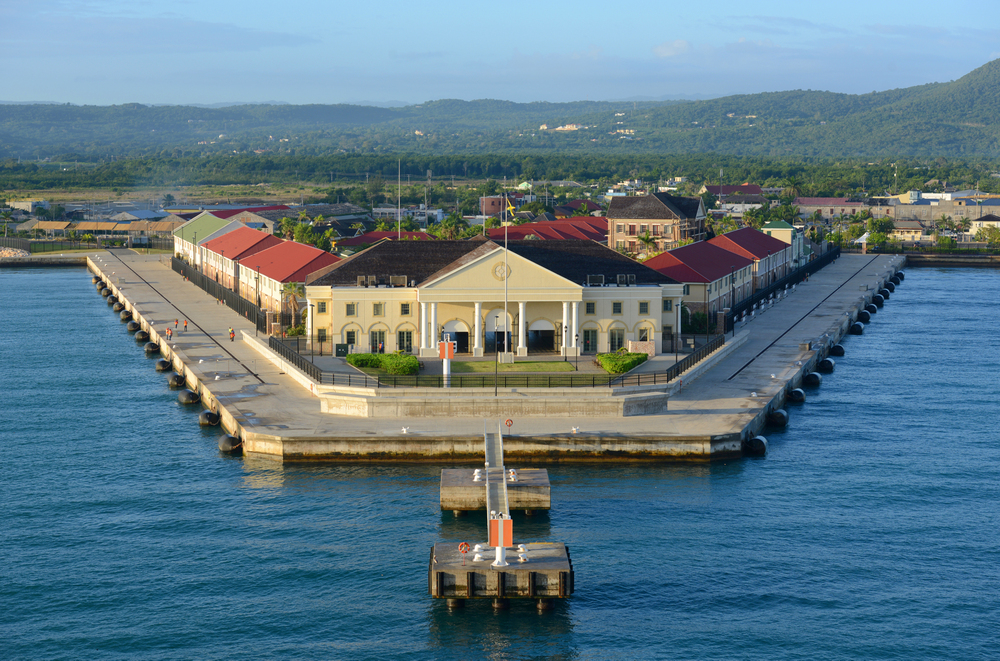
Once known as the ‘Wickedest City on Earth,’ Port Royal was the Caribbean’s largest pirate haven until 1692. The natural harbor sheltered hundreds of pirate vessels, including those of notorious captains like Henry Morgan.
Devastating earthquakes sank most of the original city, creating an underwater archaeological treasure trove. Today, divers can explore preserved sections of the old town, including taverns where pirates once counted their spoils.
Eleuthera, Bahamas
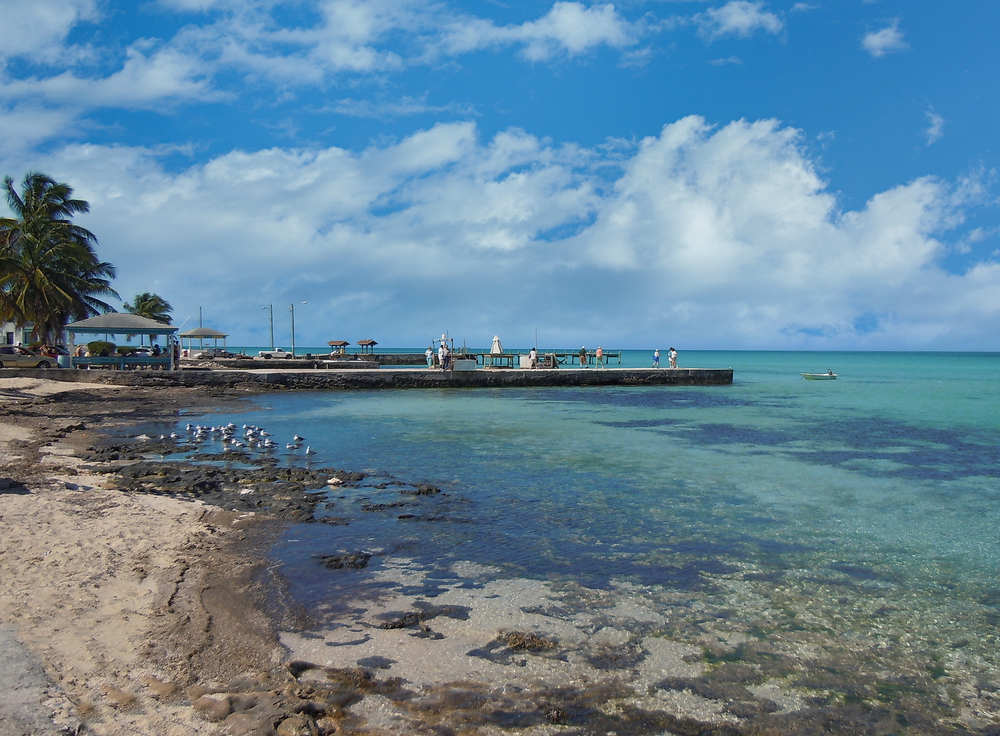
This long, thin island was a crucial pirate stronghold during the Golden Age of Piracy. Its numerous caves and hidden coves provided perfect storage for plundered goods and safe anchorage.
Historical records show pirates using the island’s complex coastline to ambush passing merchant vessels. The Devil’s Backbone Reef claimed many ships and became a prime hunting ground for pirates waiting to salvage wrecked vessels.
Like Travel Pug’s content? Follow us on MSN.
Port Phillip, Australia
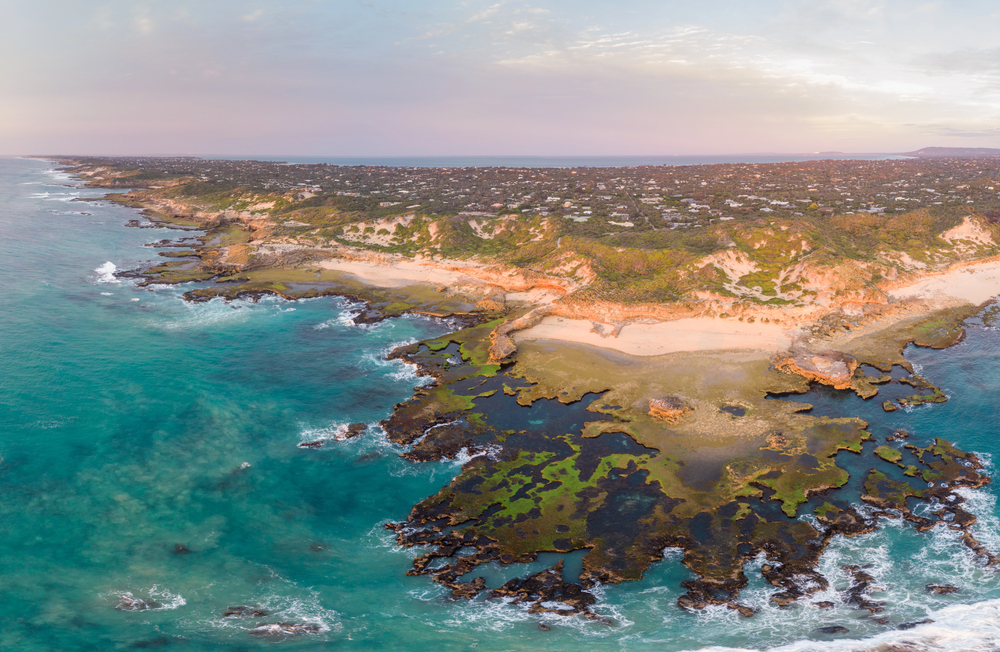
Historical documents confirm this natural harbor as a base for pirates targeting colonial shipping in the Southern Ocean. The complex bay system provided numerous hiding spots for pirate vessels watching merchant routes.
Colonial authorities recorded frequent complaints about pirates using the port’s remote beaches for repairs and resupply. Modern visitors can explore the same secluded coves where pirates once maintained their vessels between raids.
Tortuga Island, Haiti
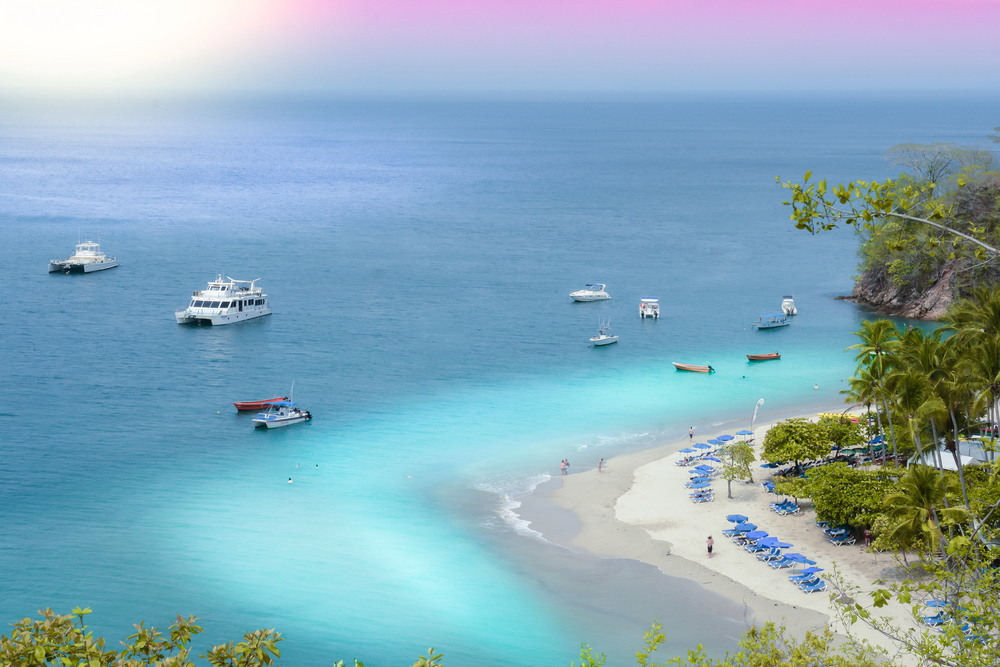
Historical records confirm that this Caribbean island was the first major pirate haven in the Americas. Throughout the 1600s, French and English buccaneers used Tortuga as a base to raid Spanish shipping.
The island’s natural defenses repelled multiple Spanish attacks aimed at destroying the pirate settlement. Today, visitors can explore the remains of Fort de Rocher, built by the pirates to defend their sanctuary.
Clew Bay, Ireland
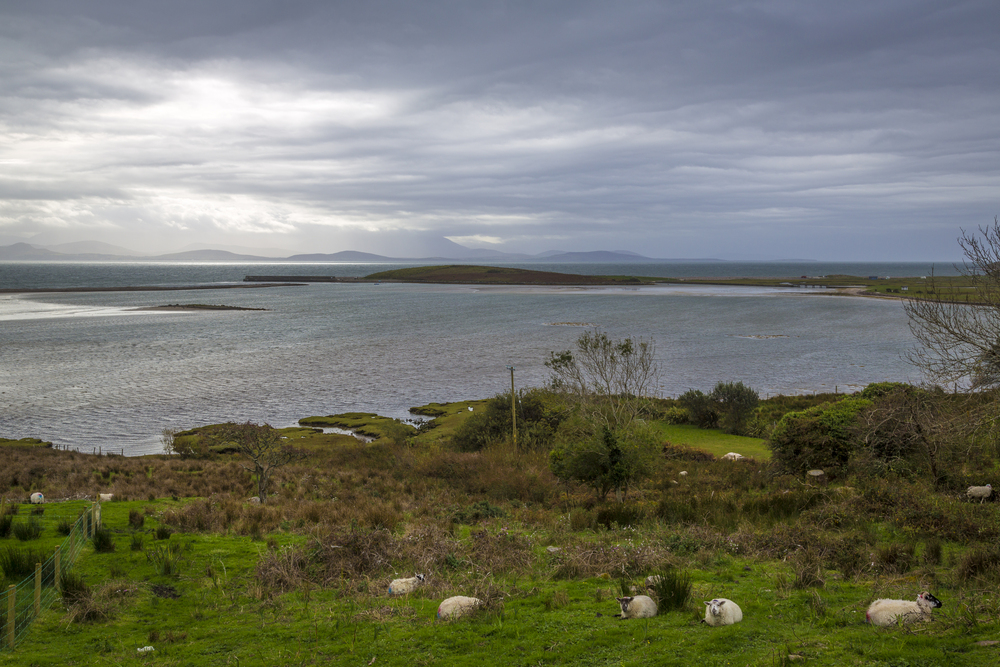
This sheltered bay served as the stronghold of Grace O’Malley, Ireland’s famous 16th-century pirate queen. Historical documents show she commanded a fleet of ships from her castle on Clare Island, controlling much of Ireland’s west coast.
The bay’s countless small islands provided perfect hiding spots for her vessels. The remains of her castle still stand, offering visitors views across the same waters she once ruled.
Like Travel Pug’s content? Follow us on MSN.
Lundy Island, England
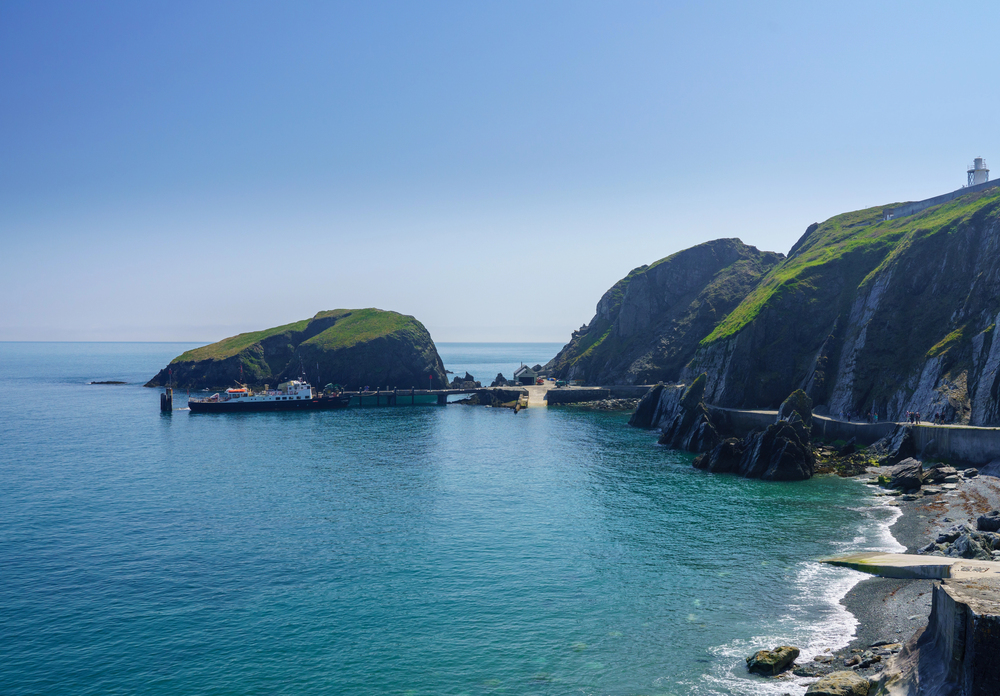
Records from the 13th to 17th centuries document this Bristol Channel island’s role as a major pirate base. The Marisco family notably used it as a base for piracy, defying royal authority for decades.
Its strategic position allowed pirates to control shipping through the busy Bristol Channel. Modern tourists can explore the castle ruins where pirates once kept watch over the surrounding waters.
Barataria Bay, Louisiana, USA
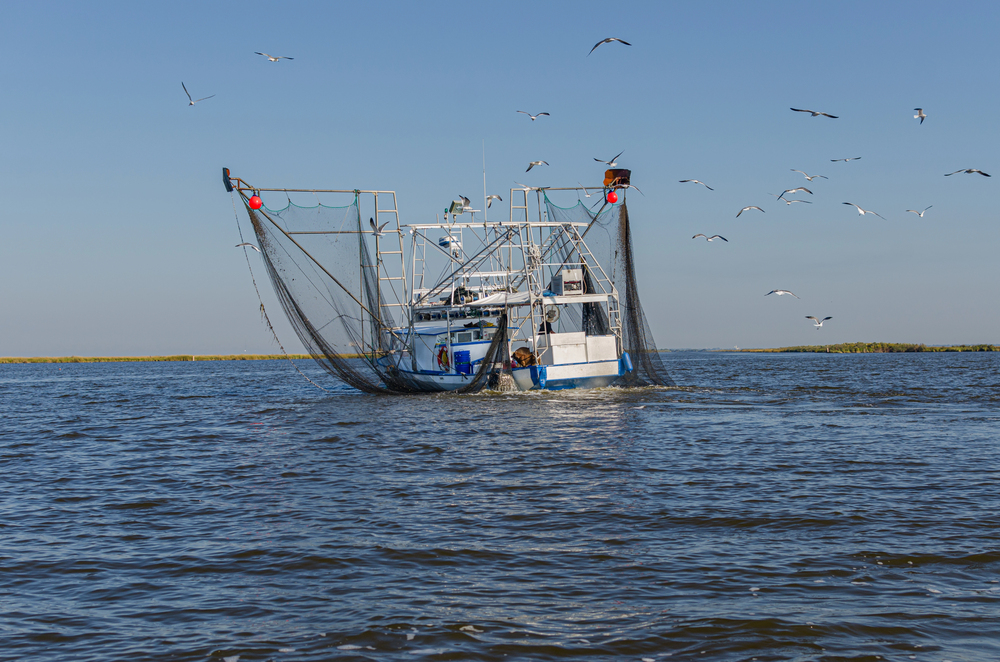
Historical evidence confirms this sheltered bay as Jean Lafitte’s base of operations in the early 1800s. The notorious privateer established a complex smuggling network through the surrounding marshlands.
Lafitte’s operation became so successful that he negotiated pardons with the American government in exchange for military support. The historic site now offers boat tours through the same waterways where Lafitte’s pirates once ruled.
Isla de la Juventud, Cuba
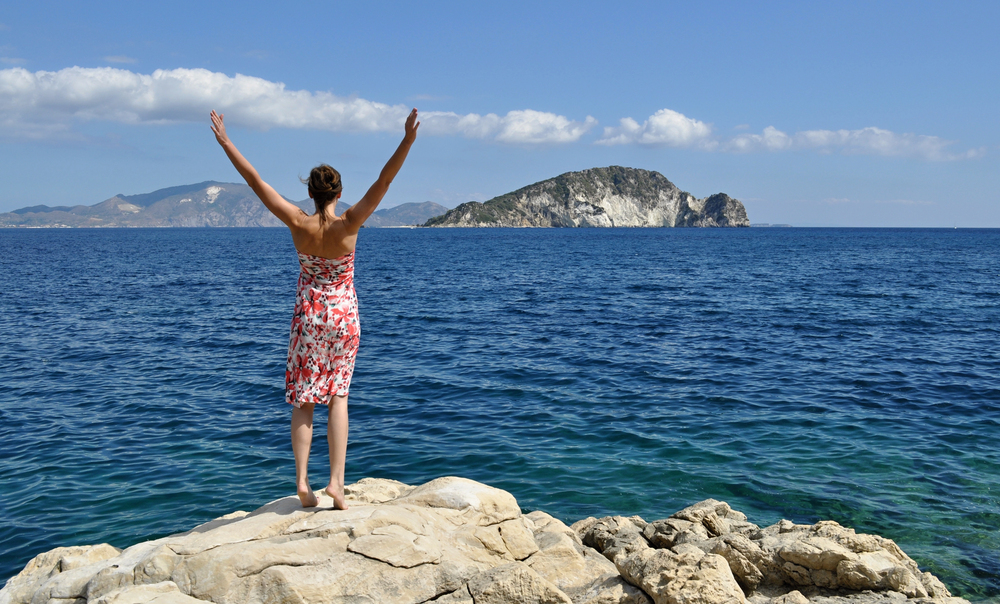
Spanish records document this island as a major pirate base during the colonial period. Henry Morgan and his fellow privateers used its protected harbors to launch raids against Spanish shipping.
The island’s complex cave systems served as natural storage for plundered goods. Visitors can still explore these caves where pirates once hid their treasure.
Like Travel Pug’s content? Follow us on MSN.
Ocracoke Island, USA
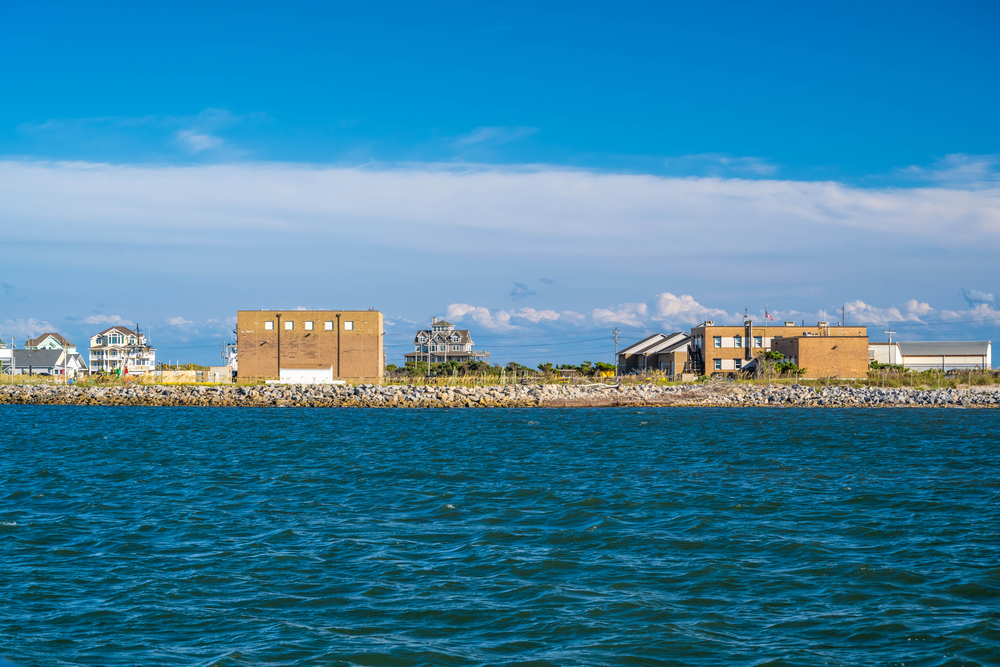
This Outer Banks island was Blackbeard’s last hideout, confirmed by historical records and archaeological findings. The shallow waters and shifting shoals provided perfect protection from pursuing naval vessels.
British naval logs document the famous battle where Lieutenant Robert Maynard finally defeated the notorious pirate. Modern visitors can see the same inlet where Blackbeard ended in 1718.
James Island, Gambia
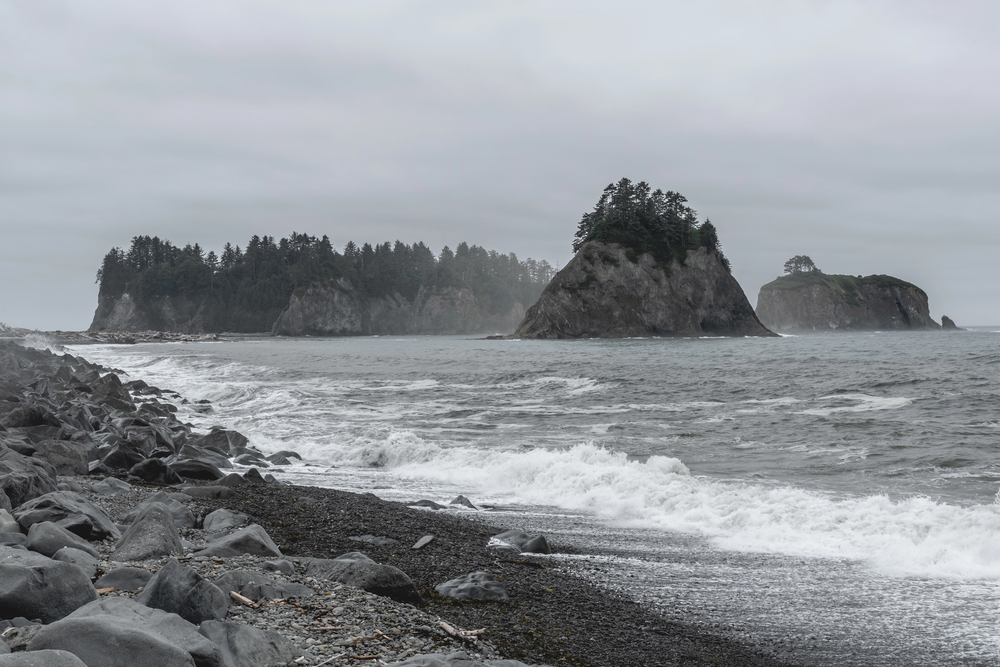
Historical records confirm this island fortress as a key base for pirates raiding African trade routes. The British Royal African Company documented frequent pirate attacks launched from this strategic location.
Pirates exploited local political tensions to maintain their presence on the island. The restored fort is now a UNESCO World Heritage site, preserving its complex maritime history.
Roatán Island, Honduras
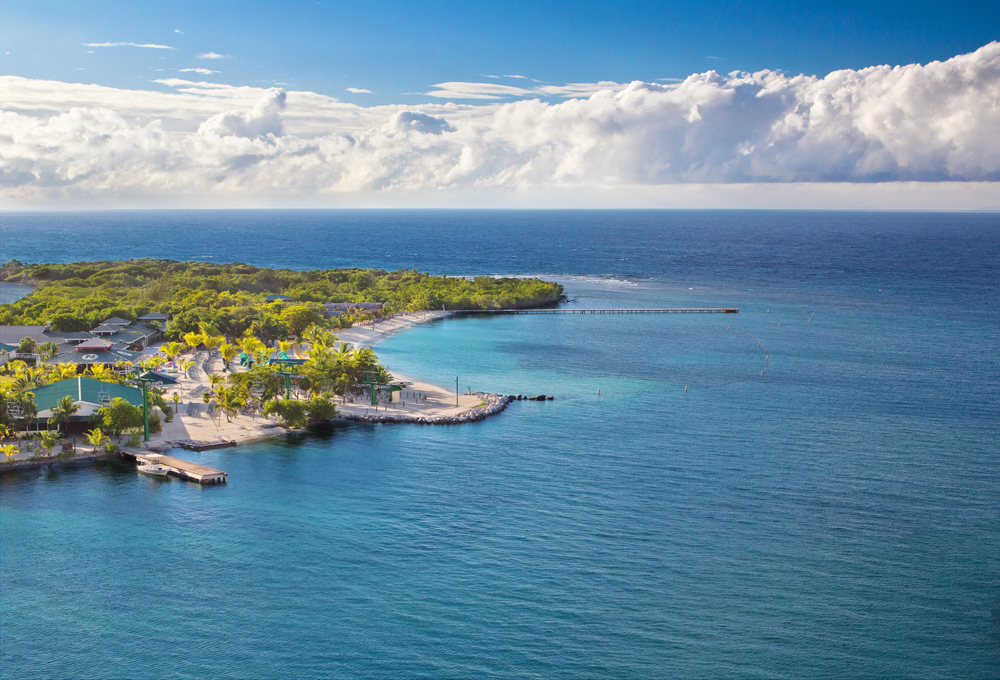
Archaeological evidence confirms this Caribbean island’s role as a major pirate stronghold. Dutch, English, and French pirates used its protected harbors to raid Spanish colonial shipping.
The island’s complex reef system created natural defenses against pursuing vessels. Modern divers explore the same reefs that once sheltered pirate ships from discovery.
Like Travel Pug’s content? Follow us on MSN.
Port St. Mary, Isle of Man
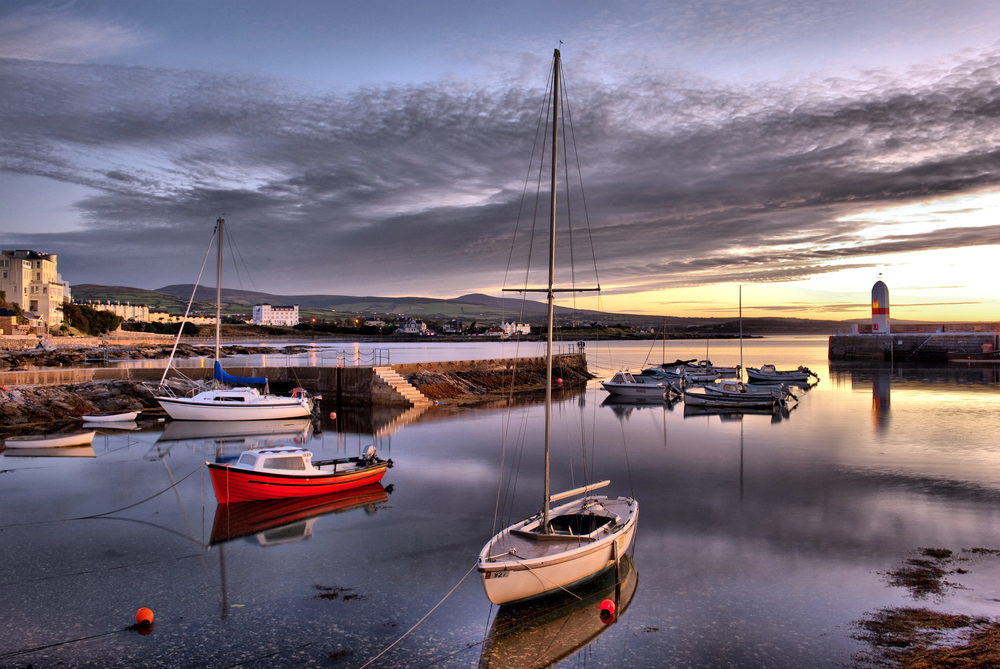
Historical documents prove this natural harbor was a base for Irish Sea pirates during the 1600s. Local authorities recorded regular complaints about pirates using the port for raids.
The sheltered harbor provided perfect protection for pirate vessels between attacks. Today, visitors can explore the same historic waterfront where pirates once traded their plunder.
Nosy Boraha, Madagascar
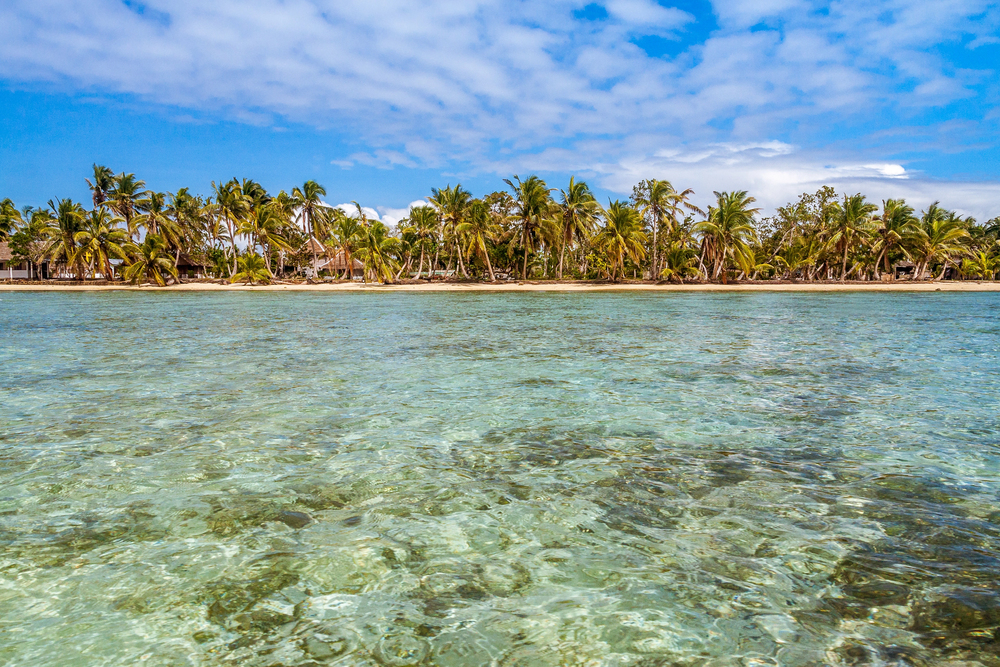
This island became another documented pirate haven in the Indian Ocean trading routes. Historical records show that international pirate crews established a free colony in the late 1600s.
The natural harbor’s position made it perfect for intercepting ships carrying spices and silk from India. Local guides still show visitors the remains of pirate settlements scattered across the island.
Floriana, Malta
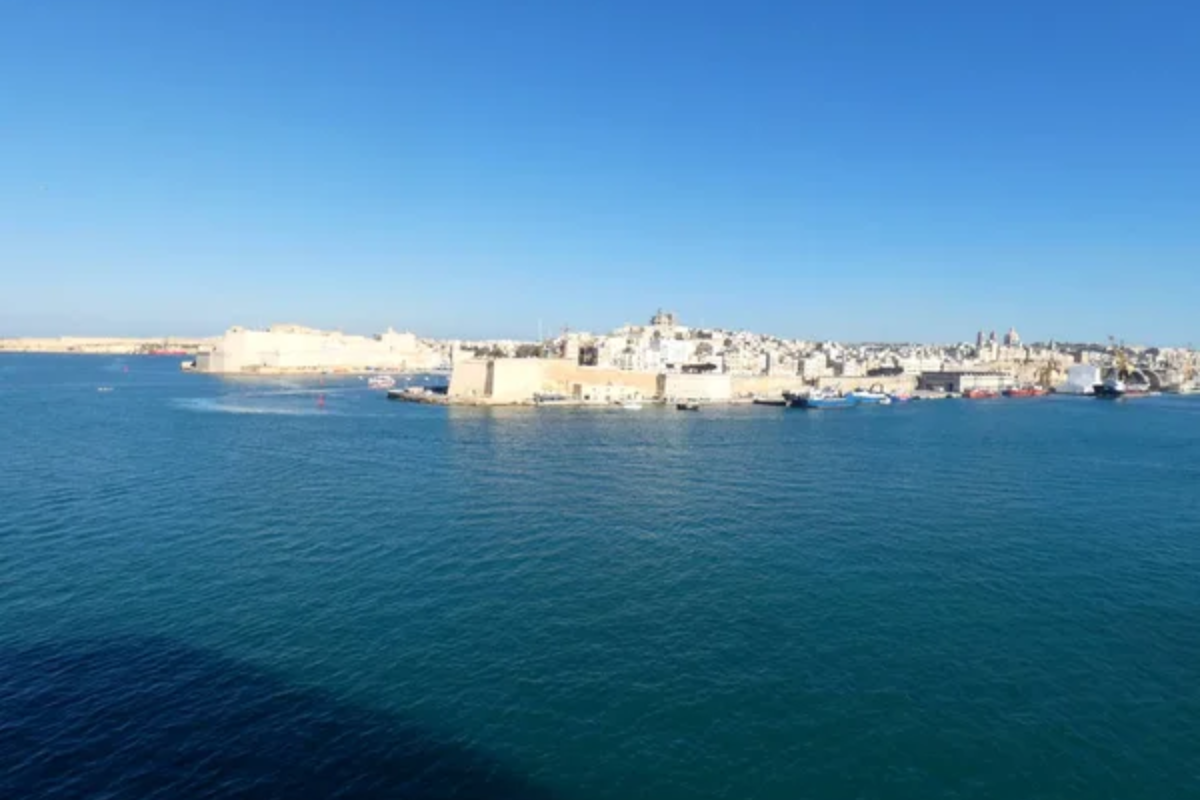
Archaeological evidence confirms this harbor’s role in Mediterranean piracy during the 16th century. Pirates exploited Malta’s strategic position to raid shipping between Europe and the Levant.
The natural harbor provided perfect shelter for pirate vessels between raids. Historic fortifications still stand where pirates once watched for approaching targets.
Like Travel Pug’s content? Follow us on MSN.
Little Tobago, Trinidad and Tobago
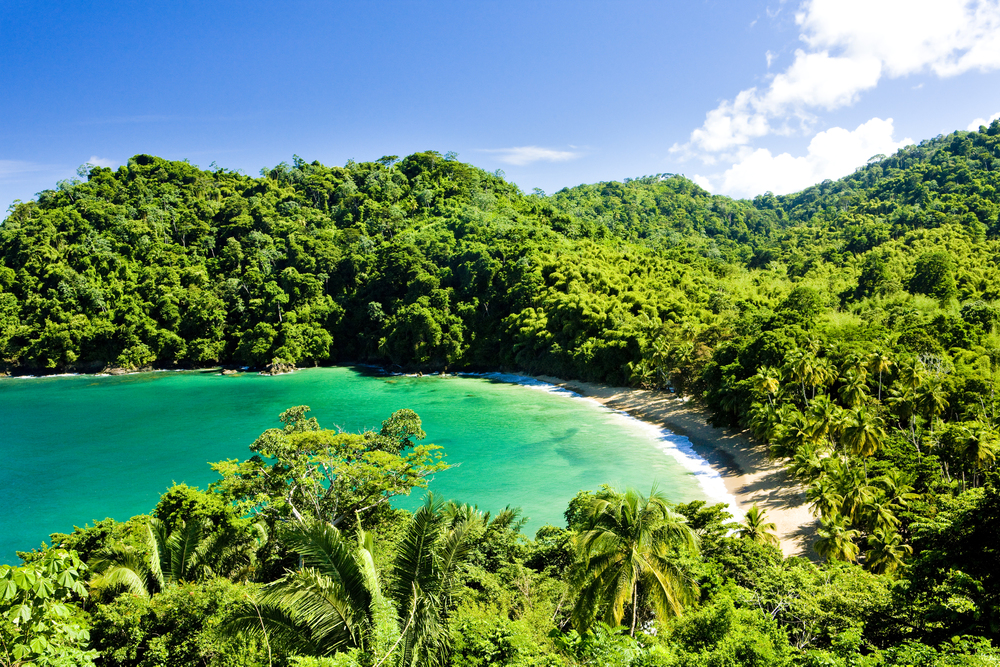
Colonial records document this small island’s use as a pirate base in the southern Caribbean. Its position near Spanish shipping lanes made it perfect for monitoring colonial trade.
Pirates formed alliances with local Caribs to maintain their presence on the island. Modern hikers can explore the same lookout points pirates once used to spot potential targets.
Great Inagua, Bahamas
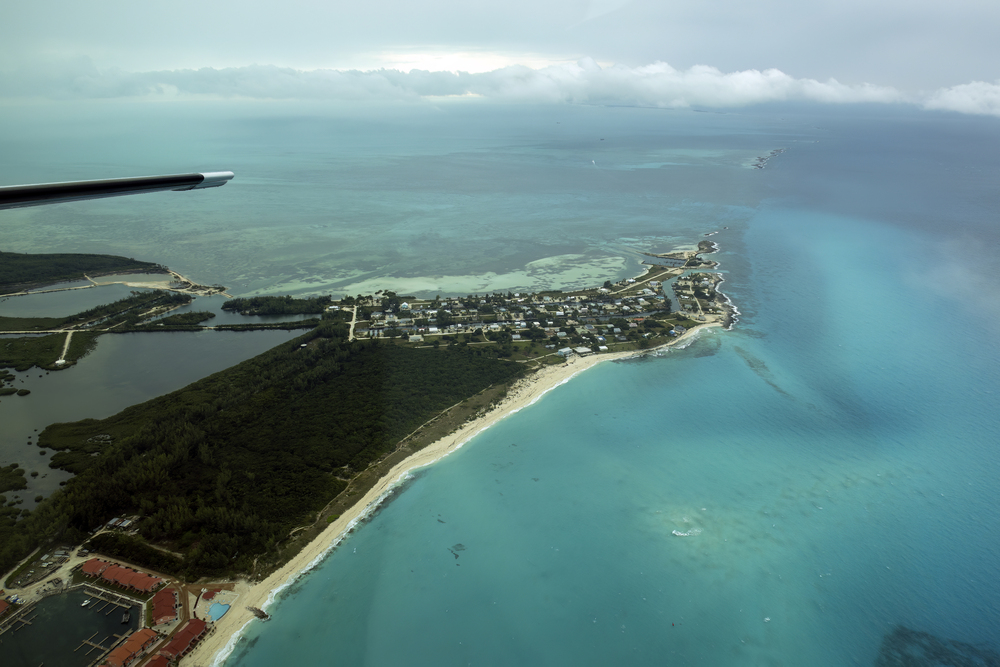
Historical evidence shows this southernmost Bahamian island served as a key pirate stronghold. Its position near the Windward Passage made it perfect for intercepting colonial shipping.
Pirates maintained control here despite repeated attempts by authorities to remove them. The island’s salt pans, once used to preserve pirate provisions, still operate today.
Cocos Island, Costa Rica
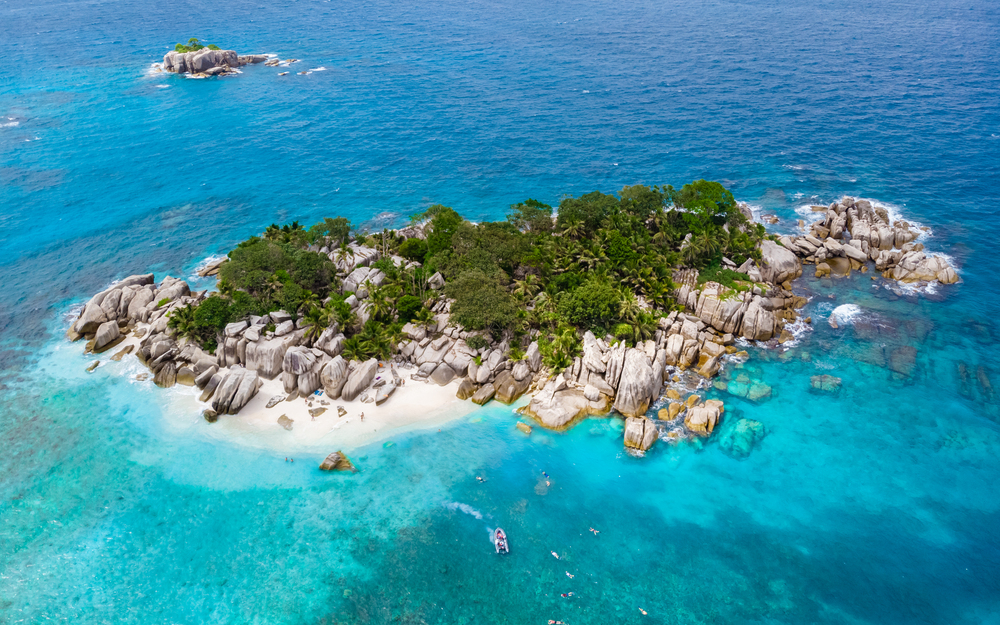
Documents from the 1800s confirm this Pacific island’s role as a pirate resupply point. Its abundant fresh water and isolated location made it perfect for long-term occupation.
Multiple historical accounts record pirates using the island to hide stolen treasure. Researchers continue to study the island’s documented connections to maritime history.
Like Travel Pug’s content? Follow us on MSN.
Herm Island, Channel Islands
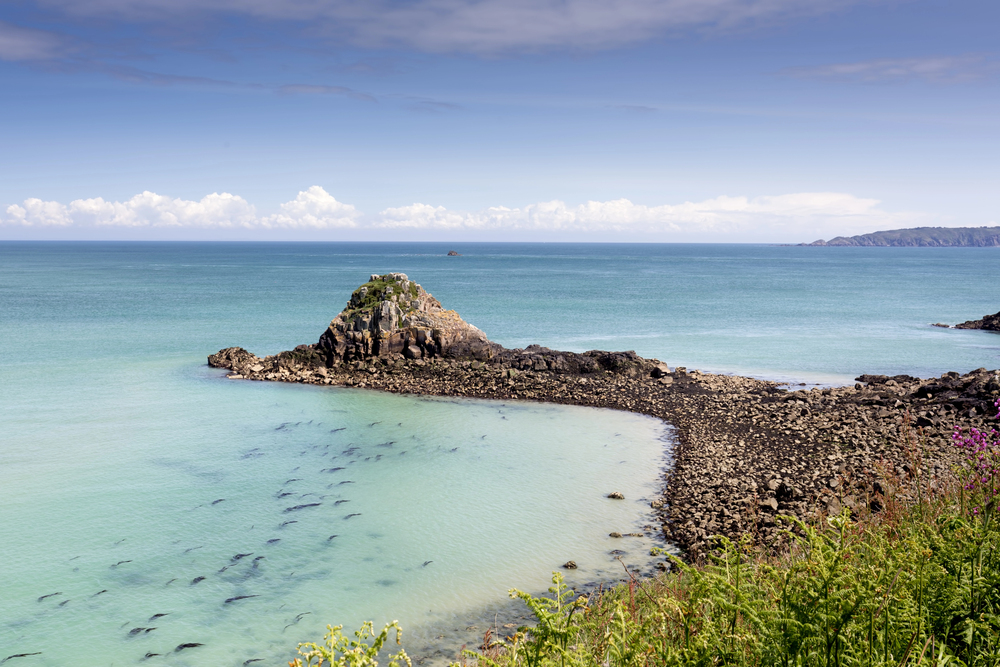
Medieval records prove this small island’s role in Channel Islands piracy. Pirates exploited its position to raid shipping between England and France.
The island’s natural harbors provided perfect hiding spots for pirate vessels. Modern visitors can walk the same beaches where pirates once landed their boats.
The Swedish Archipelago
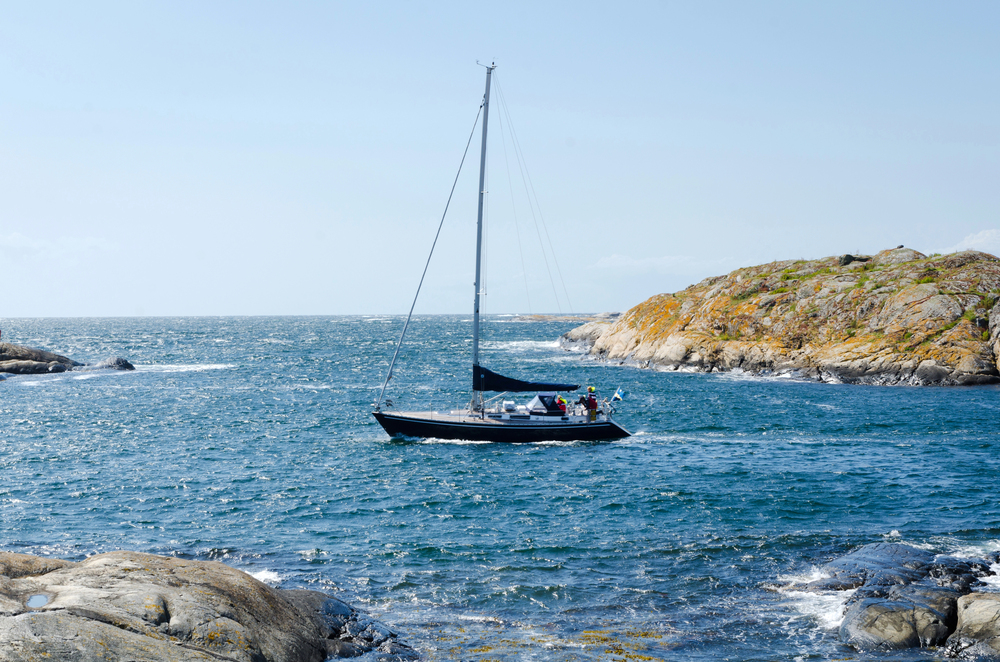
Historical records document these islands as bases for Baltic Sea pirates called Vitaliebroderna. These medieval pirates controlled key trading routes through the archipelago, and their knowledge of the complex island channels gave them significant advantages over pursuers.
Today, tourists can visit the same hidden harbors where pirates once sheltered their ships.
New Providence, Bahamas
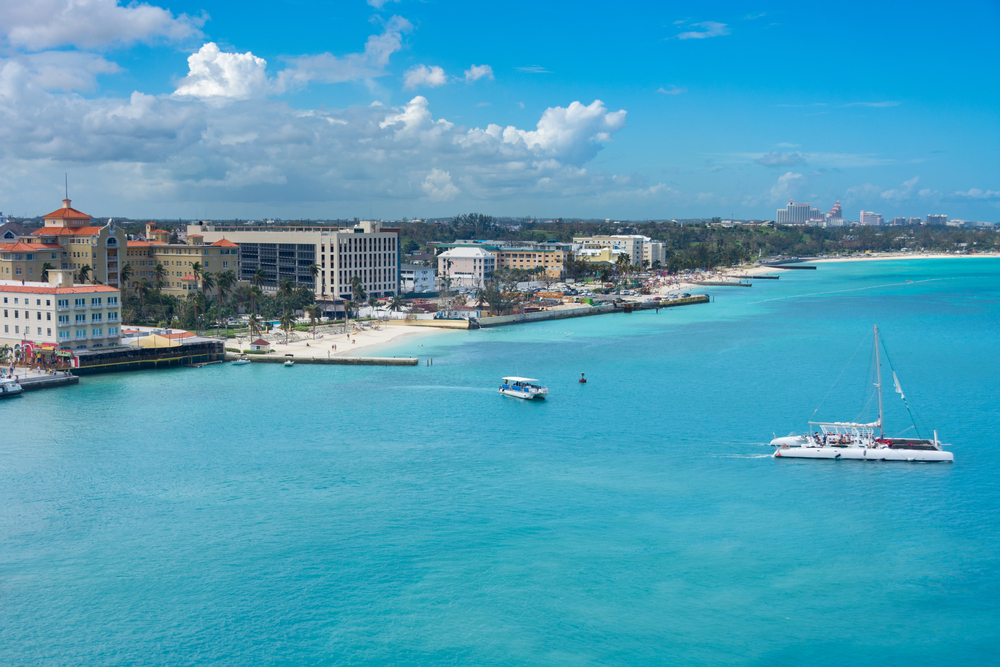
Historical records from the early 1700s confirm this island as the heart of the ‘Flying Gang’ pirate confederation. The harbor sheltered infamous pirates like Benjamin Hornigold, who mentored Blackbeard and other notorious captains.
British governors documented over 2,000 pirates using the port during its peak years. Visitors today can explore Fort Nassau and other historic sites where pirates once controlled the Caribbean’s busiest pirate port.
Like Travel Pug’s content? Follow us on MSN.
Echoes Across the Centuries
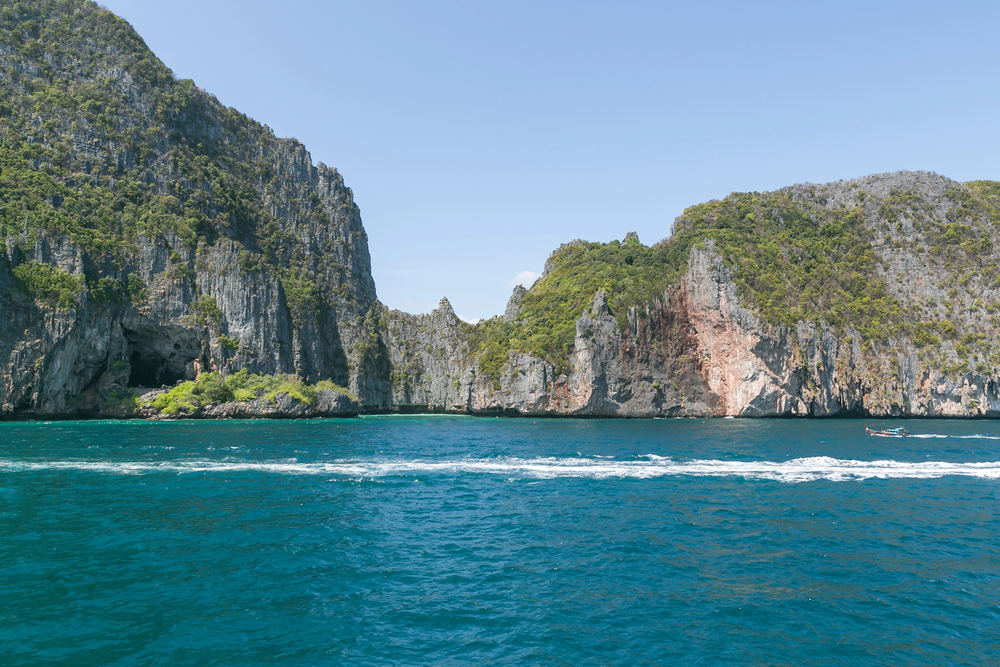
These confirmed pirate hideouts are a testament to a remarkable chapter in maritime history. Their stories are verified through archaeological evidence and historical documents.
Their weathered stones and hidden harbors continue to draw visitors seeking connections to this fascinating period of seafaring history. While popular culture has romanticized many aspects of piracy, these authentic sites remind us of the real individuals who once called these places home.
Preserving these historically significant locations helps maintain our understanding of how piracy shaped global maritime trade and colonial expansion.
More from Travel Pug

- 20 Towns Built for One Purpose That Were Later Abandoned
- 15 Hidden Spots in Disney World’s Magic Kingdom Most Visitors Miss
- 15 Most Scenic Walks Anywhere in The World
- 15 Canyons in the U.S. That Are Just as Stunning as the Grand Canyon
- 10 Under-the-Radar Mountain Towns That Are Both Affordable and Beautiful
Like Travel Pug’s content? Follow us on MSN.
